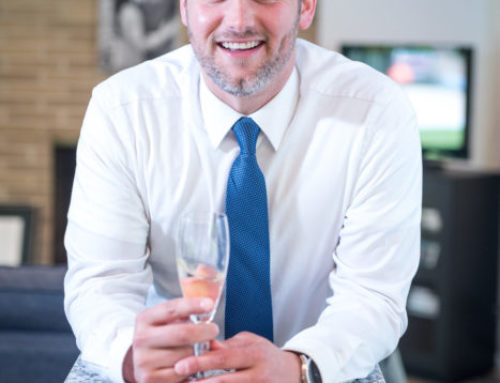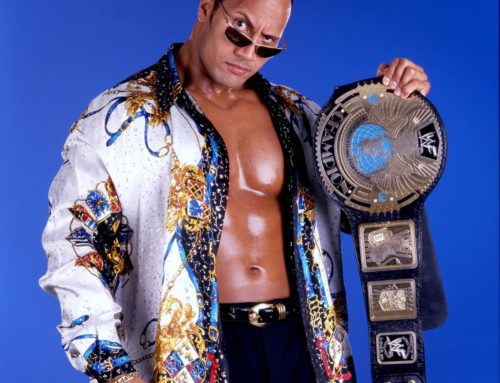Mapping Out A Memorable Toast
 Where do I start?
Where do I start?
It’s such a simple but often debilitating question when approaching a project. This isn’t limited to only writing a speech/toast, but it applies here FOR SURE.
You may have heard the excuses, or even had them creep into your own mind. Things like:
- I’ll be starting as soon as things slow down at work
- I’m not going to force it; I’ll just wait till I’m inspired
- The wedding isn’t for another month, so I’ll be fine
- I’m not a good writer
- It’s not a big deal so what’s the point of putting in effort?
If you’ve consumed anything from us before, you know that couple you’re toasting deserves more effort than a last-minute ‘wing it’, and that all you need to get started is to Sit Down and Write The Damn Toast.
You gotta want this more than you’re afraid of it. Schedule time to start, even 15 minutes, and get moving. Make sure you have the WT101 book or the website resources within an arm’s length, too.
That being said, here are a few legitimate questions you may hear yourself pondering when you are getting started:
- What should my opening lines be about?
- I don’t consider myself funny, so how do I do that?
- What order do I put everything in? Is it just chronological to our lives?
- How short is too short, how long is too long?
- How do I make sure I don’t leave out something important?
The simplest way to answer these questions is to create a high-level framework for your toast before you get into the weeds with details.
While this can take several forms, here are a few that may be helpful, from veeerrrrryyy high-level to more specific. Also, shoot for between 5-7 minutes when you practice. Plus or minus a minute isn’t a problem if you’re engaging the audience. 20 minutes is too long…this isn’t a seminar on federal tax code.
- Beginning + Middle + End
Seriously. If you simply write those words at the top, middle, and bottom of a page, you’ll have made progress and you can start filling in some blanks. At that point, you can hone in more specifically. You can write “opening lines, story 1, story 2” and have that make up the whole Beginning segment, and then repeat with relevant terms for the middle and end. Next, go one step deeper by thinking and writing out actual ideas for the opening lines, then real stories about the bride or groom, and so forth. It’s crazy simple, but gives you somewhere to start.
- Welcome + Groom + Bride + Goodbye
The welcome segment can be short and sweet, but believe it or not it’s easy to forget having a solid first 60 seconds. If you can grab the crowd’s attention, introduce yourself, thank people for being here, and make people laugh—even just a chuckle—in that time period, you’re in business. Heck, as long as you don’t start with “For those of you who don’t know me,” you’re ahead of the game.
Then, you focus on either the bride or the groom first. When you’ve hit on a good amount of memories/stories of one, you transition to the other person and why they are a great addition to this big happy family.
For the goodbye, it’s always nice to thank the parents of the couple and the audience for their attention. There’s a whole chapter of WT101 dedicated to The Big Finish, but basically you just want to leave everyone with something memorable. A story, a single line, or even just a feeling. Several weddings industry people have shared that they don’t remember exactly what the speaker said during an outstanding toast, but they remember how it made them feel (shout out to the late Maya Angelou).
- The Five Critical Cogs – The Opener + Honoring the Past + Present and Future + The Significant Other + The Big Finish
Not to toot our own horn here, but this is right out of the WT101 handbook. If you want to Make Damn Sure (shout out Taking Back Sunday) that you don’t miss anything, use this format. It starts simply with an Opening line or few lines that pique the interest of the couple and the crowd. It’s an opportunity to grab attention, to build intrigue, and to send a proverbial “Put that Coffee Down!” to the people in the room (shout out Baldwin).
Next is the walk down memory lane. You’ll find yourself enjoying the reminiscing about your friends & family members, I guarantee it. This especially helps build connections between the audience and yourself.
From the past you move to what’s happening right now with the married couple, and where you see them heading in the future. Always toward a happy, bright future, of course.
Then, if you map it out ahead of time, you’ll never forget to show some love to the person your toastee is marrying. Can’t forget that person. That would be bad. And awkward. And also bad.
Lastly, spend some time developing your finishing lines, just before “now please raise your glasses.” This is your parting comment that should send the crowd into delirious laughter or wide-eyed, perhaps tearful grins.
Boom. There you saw three roadmap options for your toast. The stories and individual lines will be up to you, but these get you started and give you direction. You still need to drive the car. But at least, now, you have predictable highway signs on your journey. You won’t end up falling asleep and taking the wrong turn on the way to Denver and ending up 200 miles in the opposite direction.
“Hmmph…I expected the Rocky Mountains to be a little Rockier than this…”
“…I was thinking the same thing, that John Denver’s full of sh*t man.”


